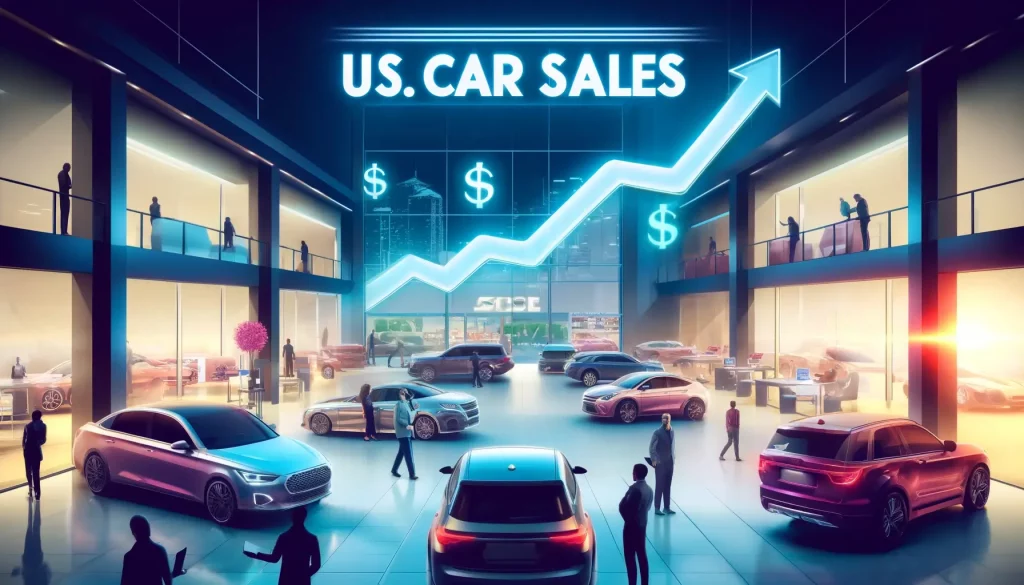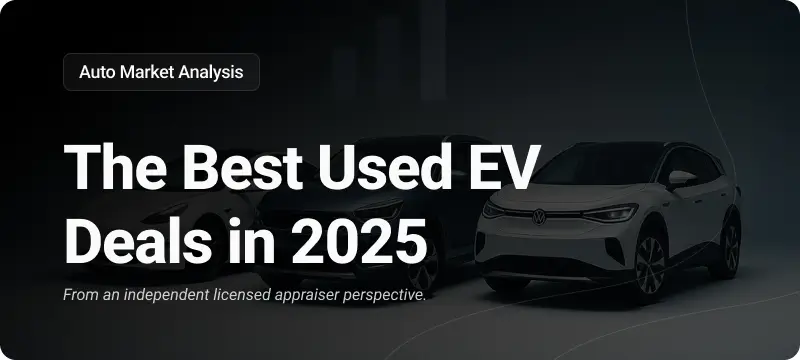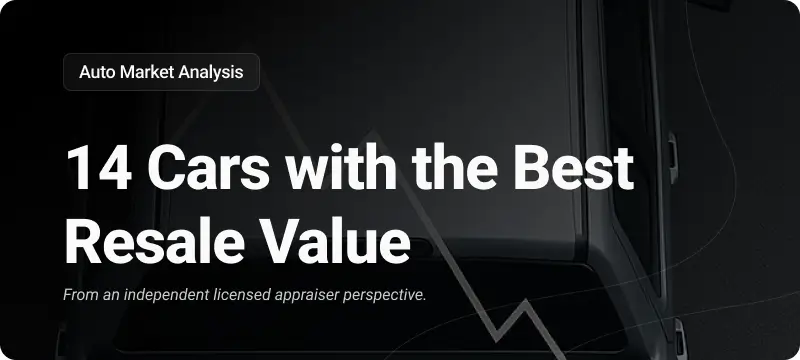Hey there, car enthusiasts and market watchers! Have you noticed a shift in the automotive market lately? After a rather sleepy start to 2024, U.S. car sales have finally shown signs of life, inching up to a four-month high in April. Let’s dive into the details, shall we?
Despite the daunting backdrop of high interest rates, it seems the auto market is revving its engines once again. But what’s really going on under the hood? Buckle up as we explore the twists and turns of this fascinating trend.

U.S. Car Sales Rise Despite High Interest Rates (PDF)
The Numbers Are In: April’s Surprising Surge
According to Ward’s Intelligence, April saw automobile sales in the U.S. hit an annual rate of 15.7 million, a slight but noteworthy increase from 15.6 million in March. For context, this figure represents how many new vehicles would be sold over the year if the monthly sales pace continued unabated.
While economists had forecasted a slightly more optimistic 15.9 million annual rate, hitting 15.7 million is still a solid rebound considering the economic headwinds.
Why April? Timing and Trends
So, why the uptick in April? Well, car sales play a significant role in retail sales and consumer spending, which are crucial components of the economy. When car sales rise, it’s generally a sign of a healthy economy or at least one that’s on the mend.
Despite high interest rates, there seems to be a pent-up demand for vehicles that’s finally being released. Perhaps the resolution of supply chain issues post-pandemic has also played a part, making more cars available for eager buyers.
High Interest Rates: The Elephant in the Room
Let’s address the elephant in the room: those pesky high interest rates. They’ve been a thorn in the side of the auto industry for the first three months of 2024, keeping sales in check. Higher borrowing costs make financing a vehicle more expensive, which naturally cools consumer enthusiasm. Grace Zwemmer, associate economist at Oxford Economics, notes that restrictive lending standards are likely to keep a lid on any major sales surge this quarter.
Economic Indicators: Reading the Tea Leaves
Let’s zoom out and get a broader view of the economic scene. In the first quarter of 2024, the U.S. economy grew at an annual rate of 1.6%. However, the slowdown in car sales at the beginning of the year trimmed 0.3 percentage points off the GDP growth. While April brought a welcome increase in vehicle sales, high borrowing costs are expected to keep growth in check through the summer and possibly into the fall.
Overcoming Obstacles: The Auto Industry’s Resilience
Interestingly, vehicle sales picked up last year as carmakers overcame a post-pandemic shortage of parts, finally getting more vehicles onto dealer lots. This resilience has been a beacon of hope for the industry.
In fact, sales are forecast to climb to around 16 million in 2024, up from 15.6 million in 2023. While these figures are still short of the record 17.5 million vehicles sold in 2016, they indicate a steady recovery.
What Lies Ahead: Future Trends and Expectations
Looking ahead, what can we expect from the auto market? The persistent high interest rates will continue to pose challenges, but if inflation cools and rates eventually drop, we might see a more robust recovery.
Moreover, the continued resolution of supply chain issues and the introduction of new models could further stimulate demand. It’s also worth keeping an eye on consumer trends—will electric vehicles and other innovations drive a new wave of interest?
Conclusion
In conclusion, while April’s bump in U.S. car sales is a positive sign, the road ahead remains fraught with challenges due to high interest rates and restrictive lending standards. The auto industry’s resilience and ability to adapt will be key to navigating these obstacles.
So, what do you think? Are we on the verge of a sustained recovery in car sales, or will economic headwinds keep the brakes on growth?





